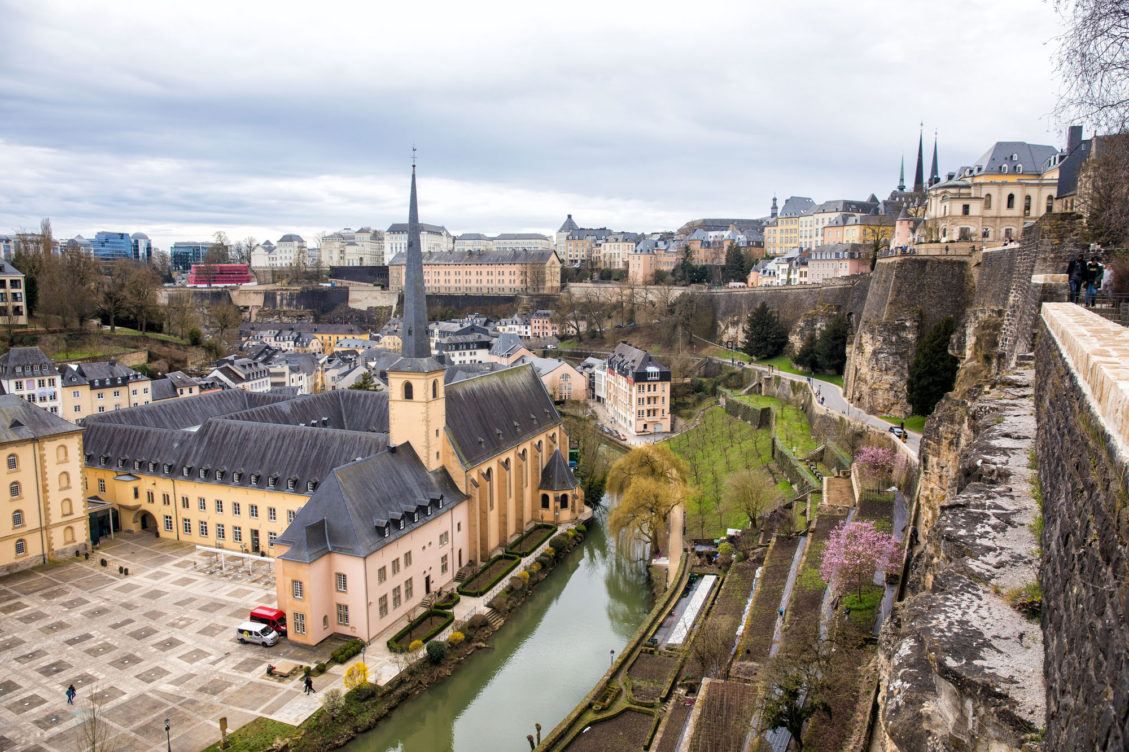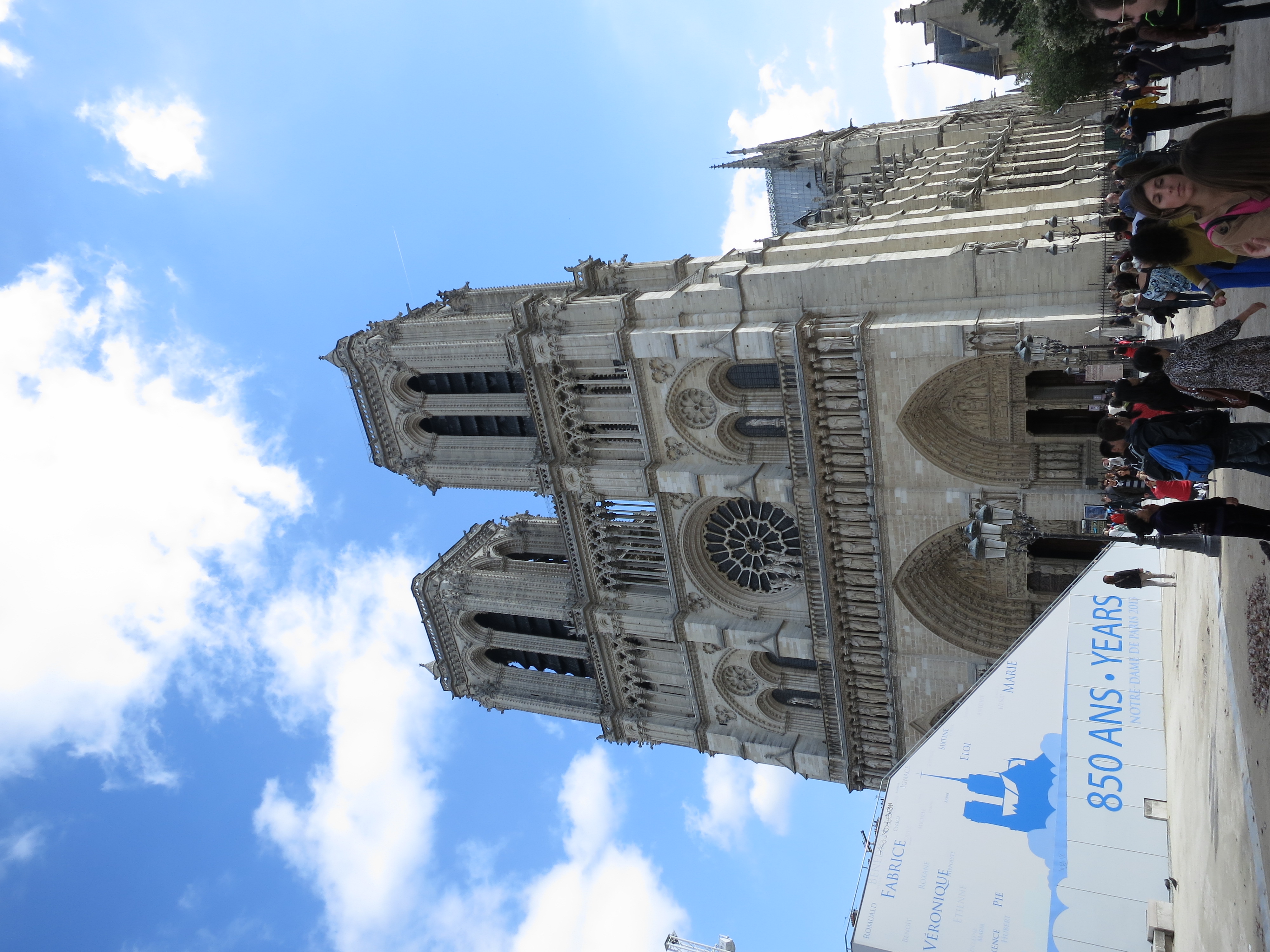
Often described as a hidden treasure, Luxembourg is being discovered by more and more discerning visitors looking for a rich history and contemporary culture, for tranquil nature and a vibrant social scene. It is a city and country of delightful contrasts.
Luxembourg’s verdant and striking landscapes once inspired Victor Hugo, Wolfgang von Goethe and William Turner. Many of the views admired by these three giants of the 19th century arts have hardly changed over the past 200 years, even though Luxembourg has developed dramatically and to this day continues to adapt successfully to economic and geo-political circumstances.
The only Grand Duchy in the world, Luxembourg has existed as an independent country since the first Treaty of London was signed in 1839. Before that, Luxembourg’s geographical position at the crossroads of Europe caused it to be the object of successive invasions and occupancies. They built an impressive fortress in the capital’s great rocky promontory that earned the city the name “Gibraltar of the North”. It was on these very rocks that the city’s founder Count Siegfried built a fort in 963, thus establishing Lucilinburhuc, the original name of the country. Indeed, the capital city celebrated its 1058th anniversary this year, with the National Day holiday on 22-23 June.

UNESCO Site
The fortress “casemates”, hewn into the rock as a series of tunnels and chambers to house the population in case of invasion and to store armoury and weapons, are now a major visitor attraction. They can be visited at two locations in the city – the Bock and the place de la Constitution. The fortress and old town was recognised as a UNESCO World Heritage Site in 1994.
The view across to the Kirchberg plateau from the Bock rock, on which Luxembourg was founded, is the one that has changed the most. The remains of another part of the fortress, known colloquially as the Three Acorns, can be seen from here. The site now houses a fine history museum, which stands in contrast to the contemporary building of the adjacent Mudam modern art museum. Opened in 2006 and designed by Sino-Amercian architect IM Pei, Mudam is home to an excellent collection of fascinating exhibitions of contemporary art.
Cultural Capital
Luxembourg is the only city to have borne the title of European capital of culture twice – in 1995 and 2007 (as a centre of a greater region project). Both occasions served to boost the city’s cultural appeal with a new rock music venue, den Atelier, and a contemporary art museum, the Casino, among the leading venues engaging both indirectly and directly from the 1995 reign as the capital of culture. They city also has a wonderful municipal theatre that hosts drama, opera and dance performances from some of the most renowned companies in Europe.
This modern city is worth a tour for its contemporary architecture. It contrasts neatly with the old town across the valley, which is still a charming maze of winding, cobblestone streets and many old buildings built into the rocks. The Grand Ducal palace stands out as a shining centrepiece in this neighbourhood. It is attached to the Chamber of Deputies, where the Luxembourg Parliament sits. The palace with its gilded rooms is open for guided tours throughout the summer tourist season and is well worth a visit.
The city centre itself is accessible, with its two intersecting, fully pedestrianised thoroughfares – the Grand Rue and the rue Philippe II – serving as the principal shopping street and home to many prestigious international brands.
Green Oasis
To the west of the shopping district the city park provides a green oasis during the summer months, its meadows strewn with sunbathers and office workers partaking in an al fresco lunch while children delight at the playground, which is home to a pirate ship. The city is also divided by a spectacular valley, the Petrusse, which separates the upper city from the station district and is often abuzz with joggers, cyclists and families out for a walk. The capital prides itself on being child-friendly and is also one of the safest cities in Europe, if not the world.

A country of contrasts
Luxembourg is much more than the capital city that bears the country’s name. The city itself is surrounded by lush forests, which once lent the country its claim as “the green heart of Europe”. Head north and visitors can enjoy the stunning landscapes of “little Switzerland” and then, via the historic town of Echternach, the hills of the Ardennes and ancient castles such as the fairytale Chateau de Vianden.
To the east lies the Moselle river and its vineyard-strewn slopes (at Schengen the river meets the point of three countries where Germany, France and Luxembourg meet). To the south of the capital, the landscape gives way to the industrial heritage of the steel working industry that formed the backbone of the economy until the 1980s. Each direction provides a startlingly different aspect of Luxembourg.

One of the best ways to see the city is by bicycle and the capital has its own self-rental hire scheme, Vel’oh!, with 72 bike racks dotted around the city.
The Bambesch forest on the northern edge of the city is a great place to go for a walk and is also popular with joggers. The 19th century Villa Vauban, the city’s art museum, now incorporates a new wing exhibiting contemporary architecture. It houses thematic exhibitions of classical art mainly from the 18th and 19th centuries. In the summer, visitors can order a picnic and eat on the beautiful lawns of the Villa.
Free concerts are held on the city’s central plaza, the Place d’Armes, throughout the summer. Exit07 at the CarréRotondes cultural centre, opens its doors throughout the month of August with a Conges Annules (cancelled holiday) program of talks, exhibitions and events.


